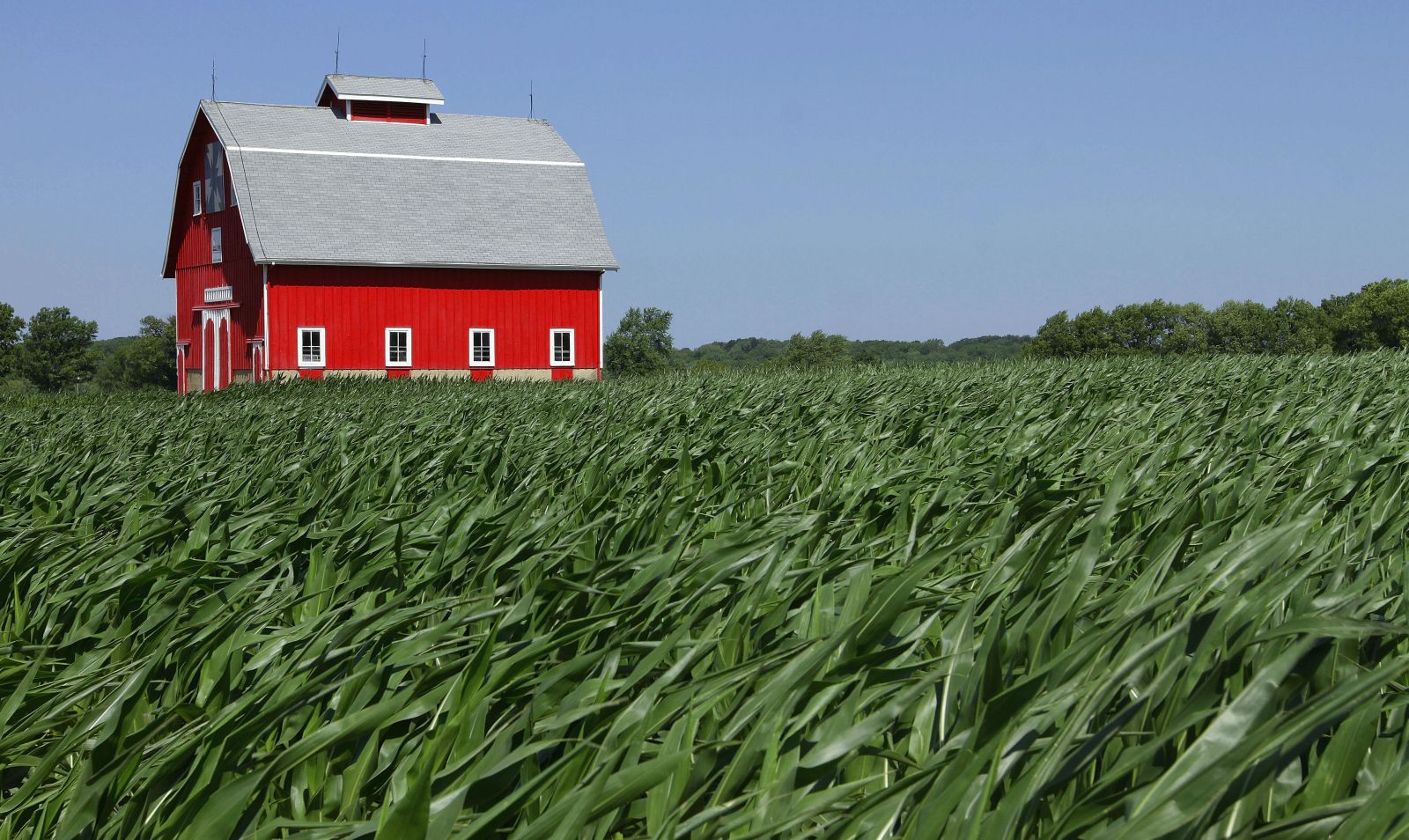The American Midwest is quickly becoming a blue-collar version of Silicon Valley
The economic engine of Silicon Valley seems to have driven right by the Midwest. America’s urban coastal cities have enjoyed an explosion in their technology sectors. New York’s Silicon Alley and Boston’s biotech corridor are world-class incubators of talent and startups. Austin (Texas), Seattle (Washington), Washington, D.C, and even Miami Beach claim a piece of the digital economy (and Silicon-something monikers).


The economic engine of Silicon Valley seems to have driven right by the Midwest. America’s urban coastal cities have enjoyed an explosion in their technology sectors. New York’s Silicon Alley and Boston’s biotech corridor are world-class incubators of talent and startups. Austin (Texas), Seattle (Washington), Washington, D.C, and even Miami Beach claim a piece of the digital economy (and Silicon-something monikers).
But what about Columbus and Indianapolis and Kansas City? After years in the doldrums, their fortunes are rising. Venture capital firms are setting up shop. Startups are clustering in old industrial strongholds. But the region’s tech sectors look different than their coastal cousins.
The Midwest is seeing the rise of “mid-tech.”
Alongside the traditional high-flying software jobs that are plentiful in Silicon Valley, mid-tech jobs, loosely defined as tech jobs requiring less than a college degree, are growing fast in the Midwest. While not an official designation, mid-tech jobs can be defined as skilled tech work that doesn’t require a college degree: just intense, focused training on the job or in vocational programs like those of blue-collar trades of the industrial past.
As software and hardware become the foundation of US economic growth, more and more technical jobs are becoming blue-collar ones. “The modern factory job is a mid-tech job,” says Patrick McKenna, a serial entrepreneur and investor at High Ridge Venture Partner in San Francisco who is focused on bringing such employment to the Midwest.
At Quartz’ request, The Brookings Institution’s Metropolitan Policy Program, a nonprofit public policy research group, crunched data from the Bureau of Labor Statistics to understand where such jobs were concentrated and if they were growing. We sampled 12 major cities in the US (most of them in the Midwest) with a strong industrial past and analyzed their employment numbers and parsing them by occupations and educational level. Mid-tech jobs were defined as “computer and mathematics occupations” in which 30% or more of those employed did not hold Bachelor’s degrees. Even in this very narrow definition (far more low-tech jobs are not captured by government data), the subset includes 914,000 people in computer systems analyst, computer network architects, and support specialist roles.
The results show a clear trend. Mid-tech jobs composed more than a quarter of all tech employment in major midwestern metropolitan areas, including Columbus, Ohio; Cincinnati, Ohio; St. Louis, Missouri; Detroit, Michigan; Nashville, Tennessee; and Minneapolis-St. Paul, Minnesota-Wisconsin. More than 100,000 people were employed in such jobs in these cities alone. That proportion never cracked 20% in Bay Area metropolises, the heart of Silicon Valley. While the analyses did not include all cities, it reveals the tech sector’s evolution in the Midwest along different lines than Silicon Valley.
Growth of mid-tech jobs, too, is concentrated in midwestern cities where the cost of living (and salaries) can be one-third of what it costs to live in the Bay Area. The exception is San Jose, which serves many of the Valley’s biggest enterprises (what Brookings calls a technology “implementation” center rather than creative centers father north), and a few university towns with high-flying tech sectors but relatively few mid-tech jobs. Overall, high and mid-tech jobs grew at an annual compounded rate of about 5%.
But what do these jobs look like? In Kentucky, the technical skills once applied to things like calculating blast trajectories in mines are going into Javascript. The software firm Interapt has set up a training program in Eastern Kentucky to turn former coal miners and others with technical aptitude into software developers. The program compresses a software engineering education into about nine months. Those who complete the program (not all do) see their annual salaries rise from as little as $16,000 t0 between $36,000 and $60,000, Interapt claims. Healthcare companies like Humana have tapped Interapt’s graduates to help build their patient care apps. “Not all coal miners can be programmers,” admits Interapt CEO Ankur Gopal, but he think he can graduate about 50 new workers per class who continue learning after entering the tech workforce. “My vision for the future is to have them work for nine months and then train for three months,” he said in an interview.
Even less technical jobs are flowing into the region’s economy. The Australian closed-captioning company Ai-Media came to Youngstown, Ohio, in 2017 after McKenna helped connect business and political leaders. The company just closed a deal to caption Facebook’s new live streams, and plans to add hundreds of new technical jobs in the region, McKenna says. He is now asking midwestern cities like Youngstown to institutionalize such match-making by sending emissaries to the Bay Area who secure jobs back home.
Investors are piling in as well. New venture firms Rev1 Ventures and Drive Capital, as well as initiatives like AOL co-founder Steve Case’s Rise of the Rest, are all funneling venture money and attention into midwestern startups. While most aren’t as glamorous as their Silicon Valley cousins, the region has racked up multi-billion dollar exits such as Salesforce’s $2.5 billion acquisition of Indianapolis-based Exact Target in 2013 and McKesson’s $1.1-billion acquisition of Ohio-based CoverMyMeds in 2017.
But the future challenge in the Midwest will be the same as everywhere else. No place is immune from rapid technological change and automation. And most Bay Area-based venture capitalists have yet set up shop in the region. Brookings’ analysis shows the composition of mid-tech jobs has shifted dramatically in the last five years, as traditional IT employment has declined amid rising demand for specialists to manage cloud computing.